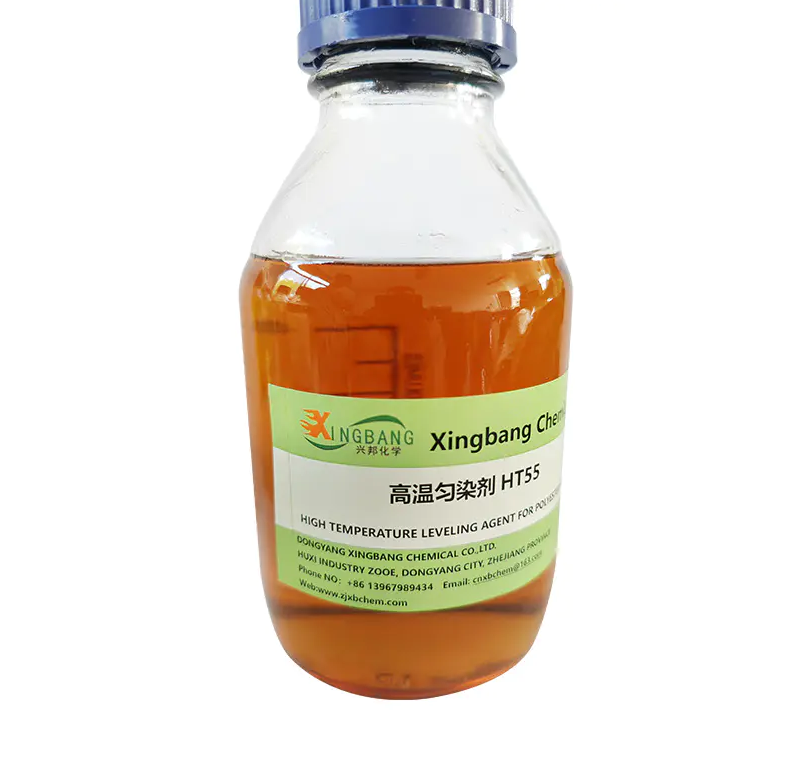Exploring the Chemistry of Dye Fixing Agents in Textile Processing

The textile industry relies heavily on the use of dyes to create colorful and visually appealing fabrics. However, the challenge of maintaining color quality over time has led to the development of dye fixing agents. These agents are essential in textile processing, as they help to secure dyes within the fiber structure, preventing color loss and ensuring long-lasting vibrancy.
Dye fixing agents are complex chemical compounds that interact with both dyes and fibers. Their primary function is to enhance color fastness, which is the ability of a dye to resist fading or bleeding under various conditions. This is particularly important in textiles that are exposed to sunlight, water, and mechanical stress. The chemistry of dye fixing agents involves the formation of strong bonds between the dye molecules and the fiber, creating a stable and durable color.
One of the key mechanisms through which dye fixing agents work is cross-linking. This process involves the formation of chemical bonds between the fixing agent molecules and the dye molecules, as well as between the fixing agent and the fiber. The result is a network that firmly anchors the dye within the fiber, making it resistant to external factors that could cause color loss. Cross-linking is particularly effective in preventing color bleeding during washing, a common problem in textiles.
The composition of dye fixing agents varies depending on the type of fiber and dye being used. Many agents contain cationic polymers, which have a positive charge that attracts negatively charged dye molecules. This electrostatic interaction helps to bind the dye to the fiber, enhancing color fastness. Additionally, some fixing agents include reactive groups that can form covalent bonds with the dye, further strengthening the bond and improving color stability.
Another important aspect of dye fixing agents is their ability to improve wash fastness. During washing, detergents and water can cause dyes to loosen and spread, leading to color bleeding. Dye fixing agents counteract this by creating a protective barrier around the dye molecules. This barrier is formed through the interaction of the fixing agent with the fiber surface, creating a hydrophobic layer that repels water and prevents the dye from being dissolved.
The application of dye fixing agents is a precise process that requires careful consideration of the textile type and the specific dye used. Different fibers, such as cotton, polyester, and wool, have unique chemical properties that affect how they interact with fixing agents. For example, cotton fibers have a high affinity for certain cationic polymers, making them an ideal choice for dye fixing agents in cotton textiles. In contrast, synthetic fibers like polyester may require different types of fixing agents to achieve optimal results.
The chemistry of dye fixing agents is a critical aspect of textile processing. By enhancing color fastness and wash fastness, these agents ensure that textiles maintain their vibrant colors and aesthetic appeal. The ongoing development of new and more effective dye fixing agents is essential for the textile industry, as it seeks to improve the durability and longevity of its products.
- Art
- Causes
- Crafts
- Dance
- Drinks
- Film
- Fitness
- Food
- Jeux
- Gardening
- Health
- Domicile
- Literature
- Music
- Networking
- Autre
- Party
- Religion
- Shopping
- Sports
- Theater
- Wellness


